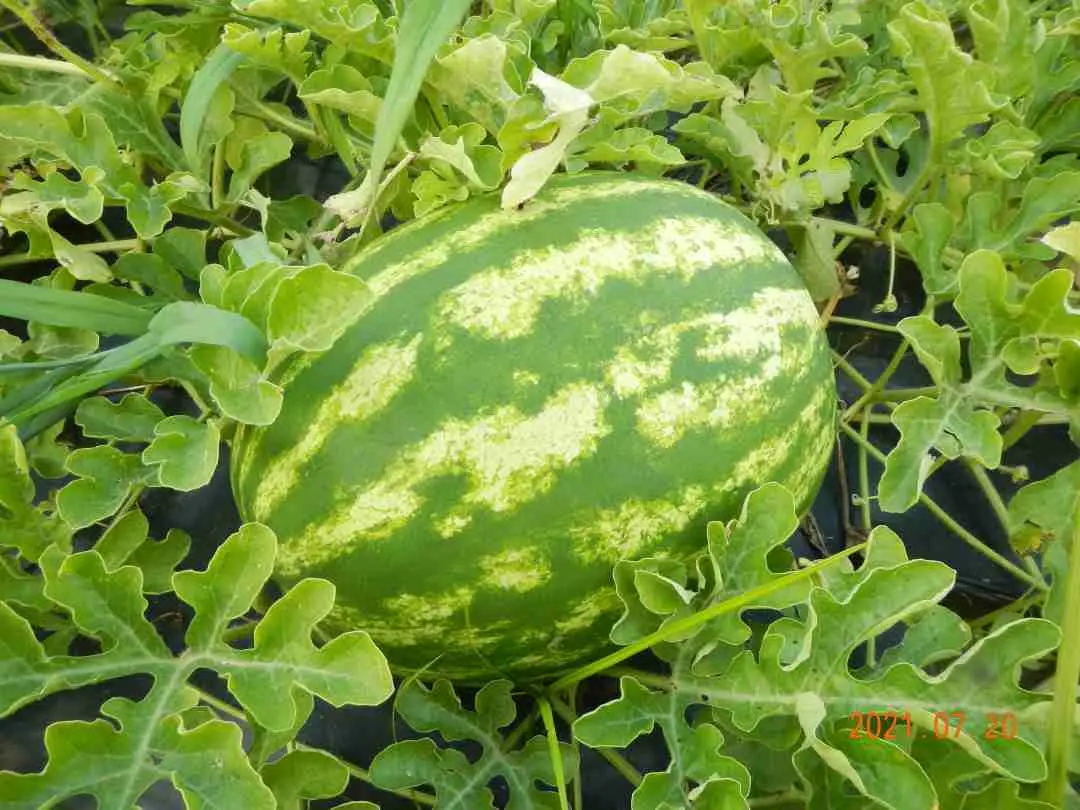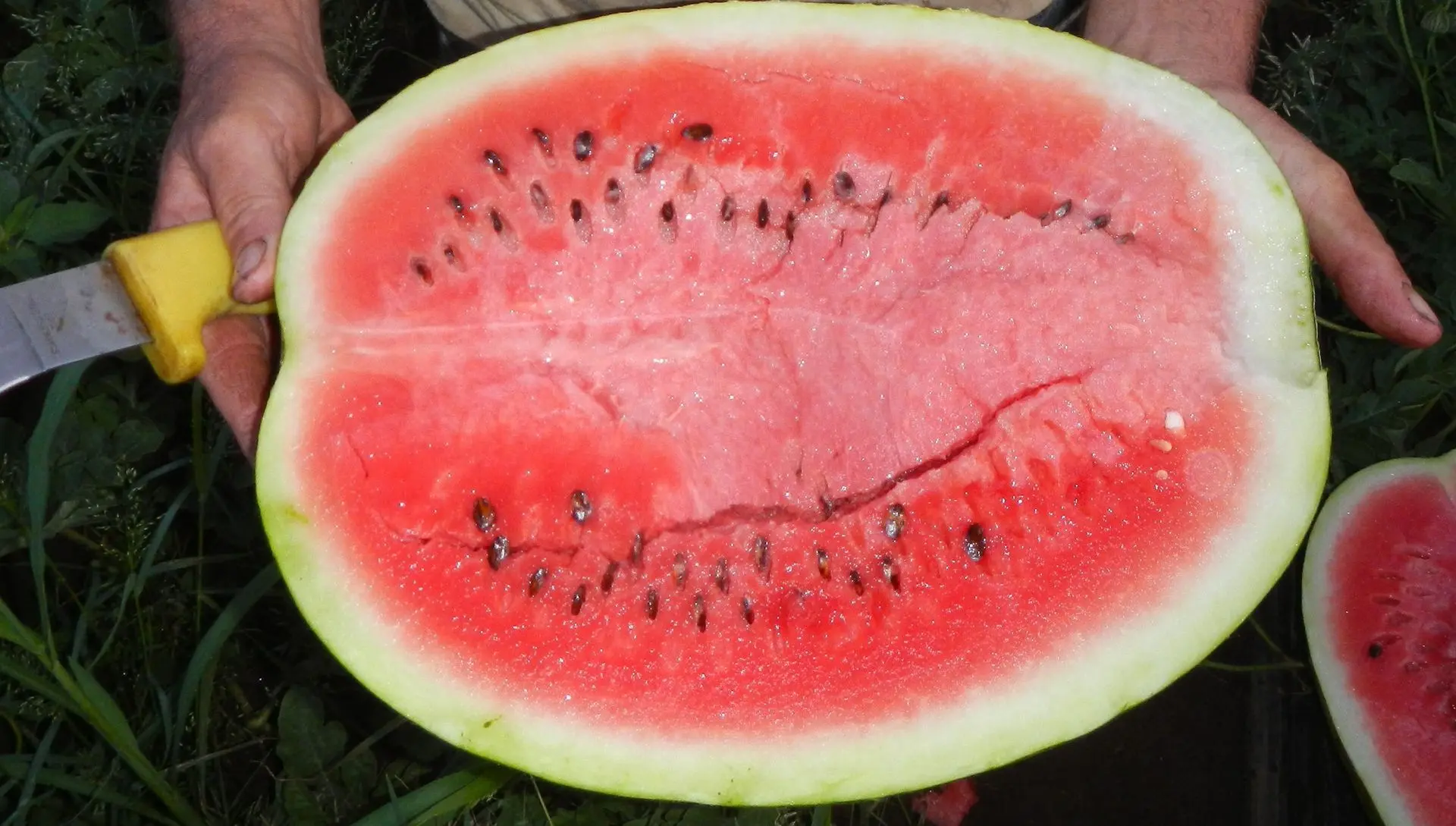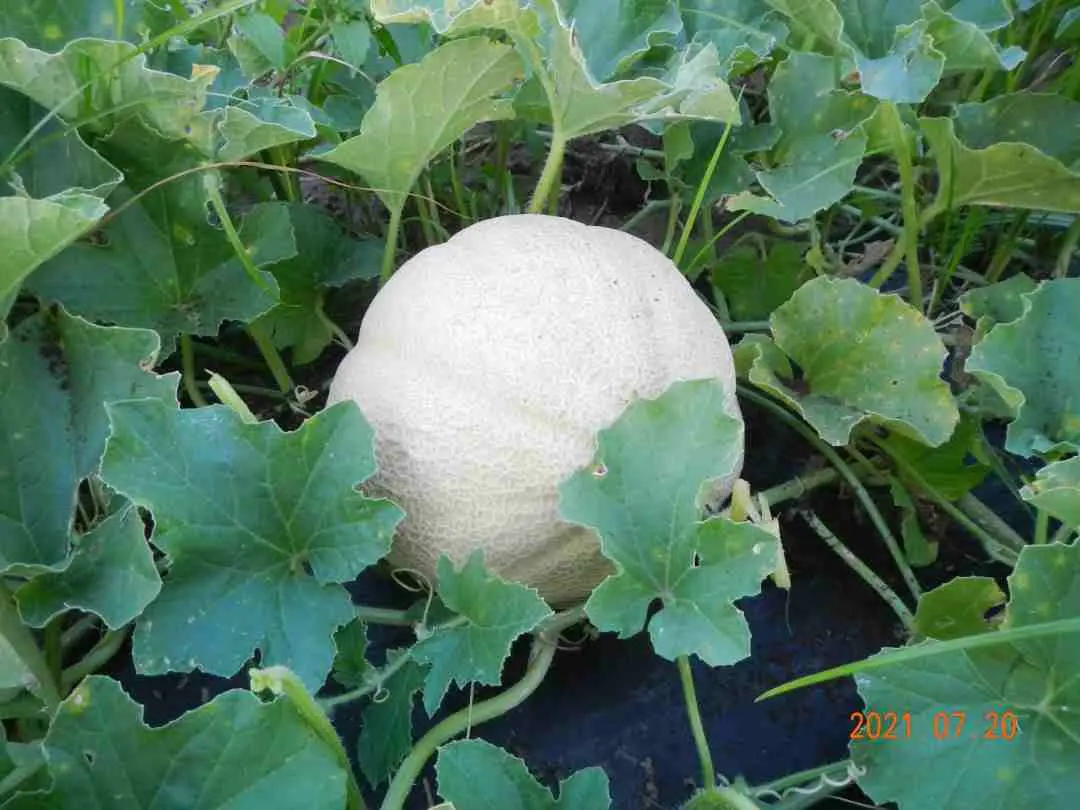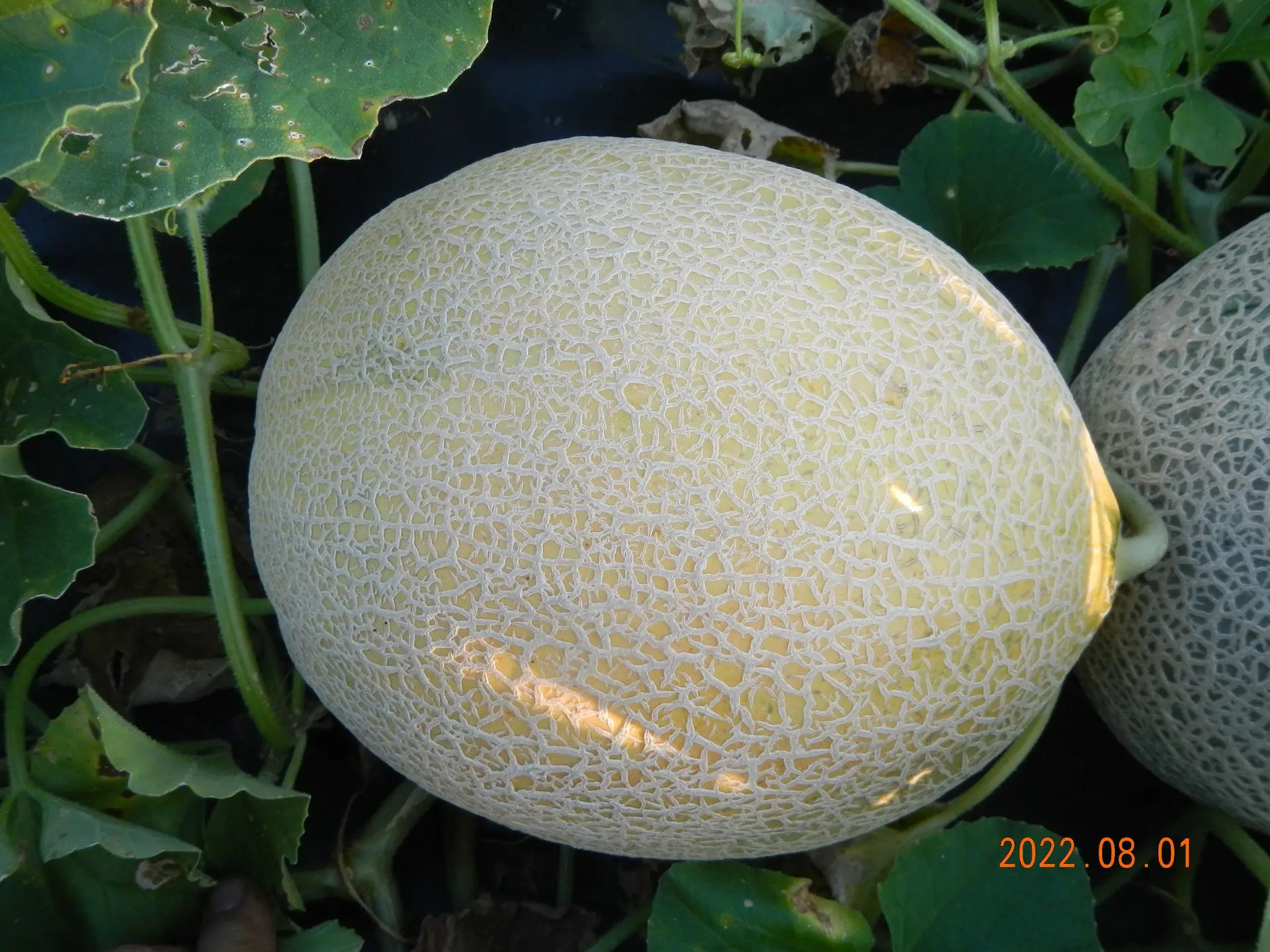Melons
Watermelon are a sweet summertime favorite. We offer seedless, seeded, and yellow-fleshed watermelon (we have found that seeded watermelon tend to be sweeter with better flavor).
Picking out a melon:
There is only one fairly reliable way to tell if a watermelon is ripe. When the melon is picked in the field, ripe melons will be on a vine with dry brown tendrils at the node adjacent to the stem and at the two neighboring nodes (unripe melons will display green tendrils at one or more of these three nodes). Other indicators such as subtle color differences, skin texture, etc. can give some indication of ripeness, but are variable depending on variety and growing conditions.
Tapping on the melon can indicate the quality of the flesh (but not the ripeness). A clear note indicates good flesh, while a dull thud indicates a cracked heart or other deformity that can impact flavor.
Large melons tend to be more well-developed with better flavor, while small melons often have development issues that can impact flavor. We recommend picking out a larger melon if you can.
Availability: Semi-regular, August-September
Storage recommendations: Watermelon keep best uncut for a week at room temperature, or two weeks if refrigerated. Once cut, watermelon should be refrigerated in an airtight container for up to a week.
Muskmelon are essentially identical to what most people know as cantaloupe (all cantaloupe are muskmelons, but not all muskmelons are cantaloupe). They have soft, juicy, sweet flesh that is bright orange. Muskmelon are a great mid-summer snack food!
Availability: Occasional, August
Storage recommendations: We recommend cutting your muskmelon up and putting it in a bowl in the refrigerator as soon as possible. Muskmelon will over-ripen quickly once picked.



